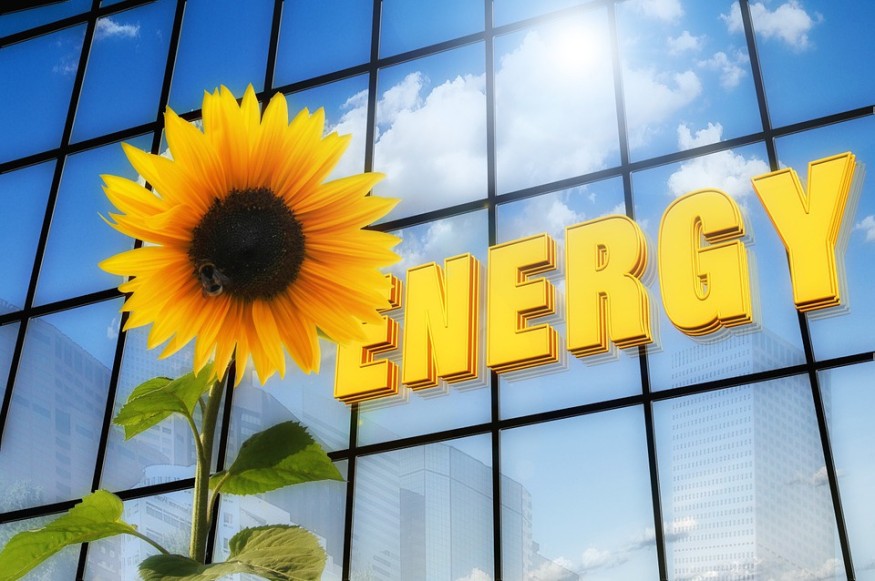Zero-carbon or green hydrogen is a source of renewable energy that may supplement solar and wind power.
Hydrogen combustion produces water as a by-product. For decades, this made it attractive as a source of sought-after zero-carbon energy. However, the old way of creating this element is far from being so, for it involves exposing fossil fuels to steam.
The 'colors' of hydrogen
The process just described produces hydrogen known as gray hydrogen. However, if hydrogen production involves the capture and sequestration of CO2, blue hydrogen is applied to it.
Meanwhile, green hydrogen is produced differently. Its production involves electrolysis, where machines are used to split water into its elemental parts, oxygen, and hydrogen. There are no by-products.

READ: Rising Nitrous Oxide Emissions From Farming Threaten Paris Agreement Goals
The feasibility of electrolysis
Traditionally, the process of electrolysis needed massive amounts of electricity. Creating hydrogen from such an approach was unthought of.
Now, the situation is quickly being changed because of two factors. There is the availability of significant renewable and excess electricity from the grid-scale in the first place. Instead of storing excess electricity in battery arrays, this extra amount is used to apply water electrolysis. This then stores electricity as hydrogen.
In the second place, electrolyzer equipment is increasing inefficiency.
Using and integrating electrolyzers
Companies are now trying to develop an electrolyzer system that can make green hydrogen as cheap as blue and gray hydrogen production. According to analysts, this goal is attainable within the coming decade.
Meanwhile, producers of energy now look at directly integrating electrolyzers into projects for renewable power. An example is a Gigastack project. A consortium aims to provide the Hornsea Two offshore wind farm of Ørsted with electrolyzers with up to 100 megawatts to produce enough green hydrogen to reach industrial scale levels.
The potential of green hydrogen
The technologies for renewable energy are currently focused on solar power and wind power. They can decarbonize energy up to 85%, reducing that amount of coal and gas use.
In contrast, it is harder to electrify the other industry components, particularly in shipping and distributing energy. This is because they usually need either high energy fuel or fuel that heats in elevated temperature.
According to the industry group Energy Transitions Commission, green hydrogen's potential is seen in such sectors. It says that green hydrogen counts as one of the four technologies needed to meet the Paris Agreement's goal, which seeks to abate over ten carbon dioxide gigatons per year from some of the most challenging industry sectors, such as construction, chemicals, and mining.
READ ALSO: Renewable Energy Provides Lower Carbon Emissions Compared To Nuclear Energy
Investing in green hydrogen
The technology of green hydrogen is not yet fully developed and integrated. However, countries are interested in investing in it, such as Australia, who intends to export green hydrogen produced from its massive wind power and solar power sources.
Chile also looks at producing green hydrogen in its arid northern region, where there is a lot of solar electricity. As for China, it wants to make one million vehicles running on hydrogen fuel-cells by the year 2030.
Other projects are being conducted in the US, Malaysia, and South Korea. California, in particular, wants to phase out conventional buses by the year 2040. Meanwhile, the European Commission drafted a 2030 strategy that involves increasing its present 0.1-gigawatt capacity to 500 gigawatts by the year 2050.
Goldman Sachs forecasted how green hydrogen would reach a market value of 12 trillion dollars by 2050. This will make zero-carbon or green hydrogen a central energy player that complements solar and wind.
READ NEXT: Green Hydrogen from Renewable Solar and Wind Power Touted as Inexpensive 'Transformative Fuel'
Check out for more news and information on Climate Change on Nature World News.
© 2025 NatureWorldNews.com All rights reserved. Do not reproduce without permission.





